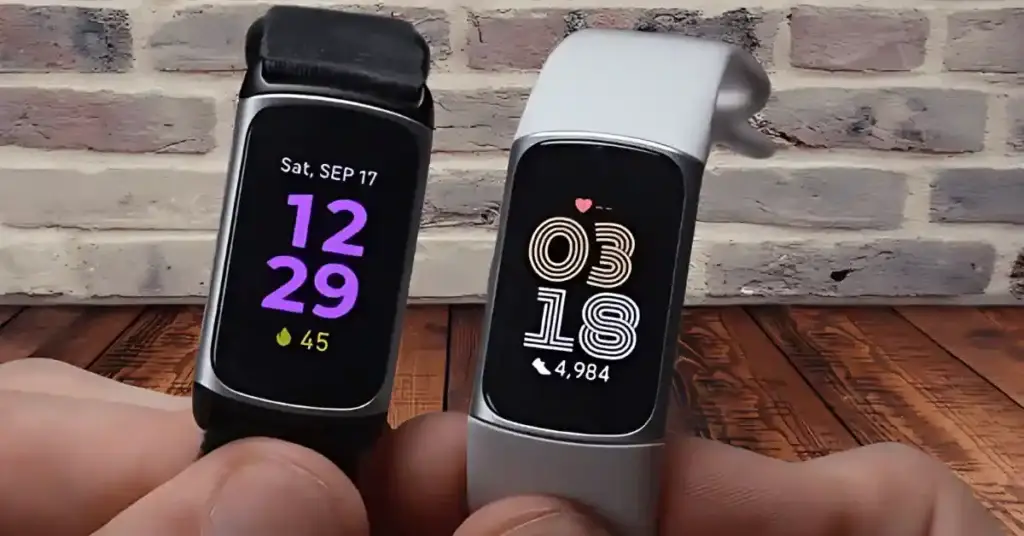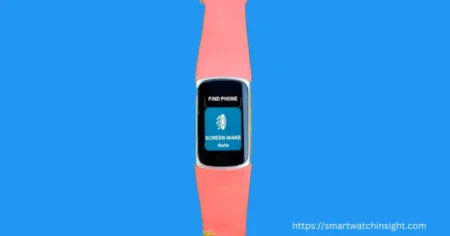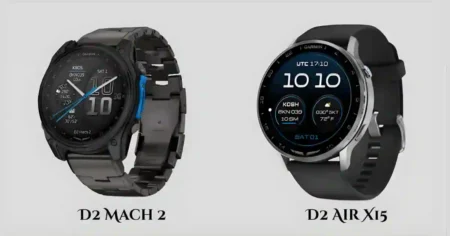The Fitbit Charge 6 has hit the market, boasting a bevvy of new features and the backing of Google after their recent acquisition. But is it all hype, or is this a fitness tracker worthy of your wrist? We’ll take a deep dive into the Charge 6, exploring its strengths, weaknesses, and whether it lives up to the Fitbit legacy.
This review will dissect everything from the improved heart rate sensor and built-in GPS to the Google integrations and sleep tracking. We’ll also address any potential drawbacks, like the limited music control and the need for a subscription to access some features.
So, whether you’re a seasoned athlete or just starting your fitness journey, this review will help you decide if the Fitbit Charge 6 is the perfect companion to keep you on track.
Fitbit Charge 6 Specification
| Feature | Description |
|---|---|
| Screen Size | 1.04 inches |
| Special Features | Sleep Monitor, Multisport Tracker, ECG, Activity Tracker, GPS, Contactless Payments |
| Compatible Devices | iOS 15 or higher and Android OS 9.0 or higher |
| Heart Rate Monitoring | Yes, including on exercise equipment via Bluetooth |
| Exercise Modes | 40+ |
| Built-in GPS | Yes |
| Active Zone Minutes | Yes |
| Daily Readiness Score | Yes |
| 24/7 Heart Rate Monitoring | Yes |
| All-day Activity Tracking | Yes |
| Cardio Fitness Level | Yes |
| Automatic Exercise Tracking | Yes |
| Workout Intensity Map | Yes |
| Reminders to Move | Yes |
| Music Controls | Yes, YouTube Music Controls |
| Navigation | Yes, Google Maps |
| Mobile Payments | Yes, Google Wallet |
| Notifications | Call, Text, Smartphone App Notifications |
| Touchscreen | Vibrant Color Touchscreen with Customizable Clock Faces |
| Health Monitoring | Most Accurate Heart Rate, ECG, Irregular Heart Rhythm Notifications, SpO2 Monitoring, Resting Heart Rate, High/Low Heart Rate Notifications |
| Battery Life | Up to 7 days |
| Water Resistance | Up to 50m |
| Stress Management | Stress Management Score, On-wrist Mindfulness Session, Smart Wake Alarm, Sleep and Do Not Disturb Modes |
| Sleep Tracking | Nightly Sleep Score |
| Premium Membership | 6-months included, offering deeper insights, exclusive workouts, mindfulness sessions, and more |
Fitbit Charge 6 Pros and Cons
- Lightweight and comfortable to wear
- Accurate sleep tracking
- Affordable Price point
- Comprehensive health tracking features
- 6-month premium membership
- Limited compatibility with Apple devices
- Limited selection of watch faces available.
- GPS is inaccurate
Fitbit Charge 6 Review
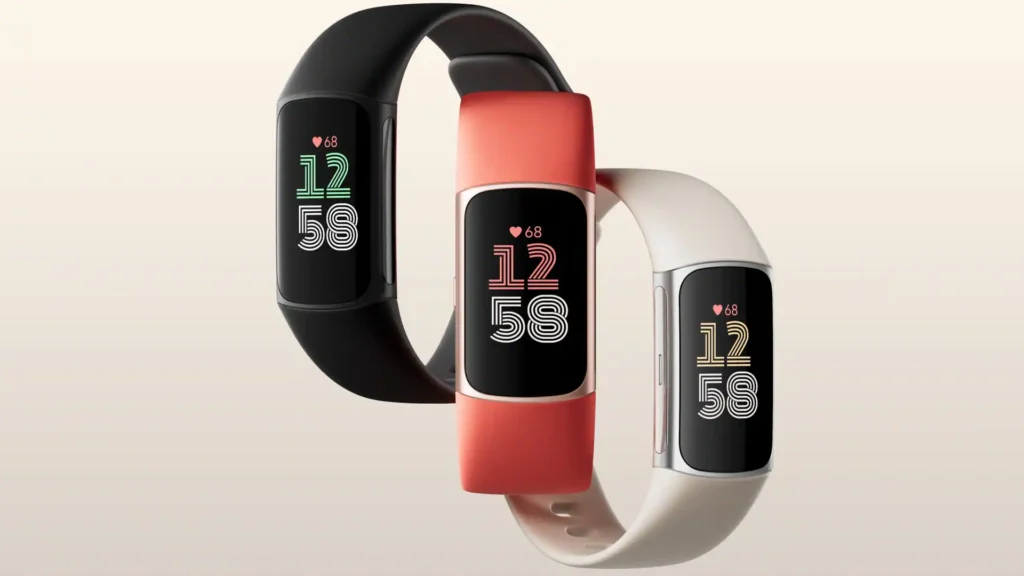
Today, we’re taking an in-depth look at the brand new Fitbit Charge 6, one of Fitbit’s most popular fitness trackers, given how many premium features it is able to pack in at a very reasonable price at just $159.
The Charge 6 makes a good number of improvements over the previous Charge 5, from a much-improved heart rate sensor, the ability to broadcast your heart rate to other devices like Peloton, IIT, or other fitness devices, auto-exercise recognition, over 20 additional sports profiles, and even the ability to zoom in on the display.
Additionally, as this is the first Charge to be made after Google bought Fitbit, there are new integrations, including route navigation with Google Maps, music control with YouTube Music, and direct access to Google Wallet.
And, of course, many other features of the Charge 6 have stayed roughly the same, from the built-in GPS, 7-day battery life, always-on AMOLED touchscreen display, ECG app, sleep and recovery monitoring, and more.
Design and Display
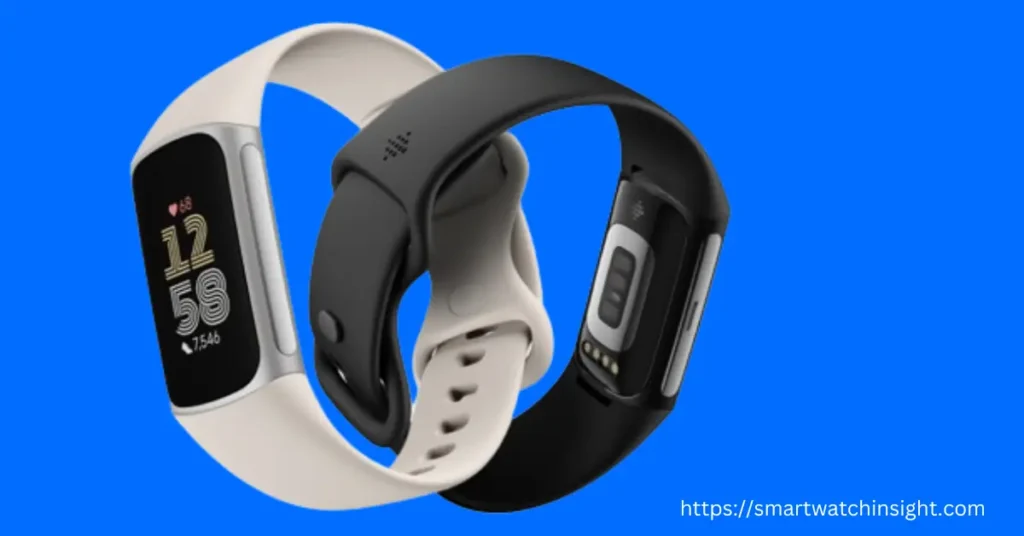
It would be difficult to tell the Charge 6 design from the Charge 5 model, given its current appearance.
It’s roughly the same size and weight with the same bright and colourful AMOLED display. Part of what makes Fitbit a popular option is just how easy it is to use and navigate, which has stayed the same as well.
You can swipe up to see some of your daily metrics, swipe down to adjust settings and swipe left or right to use various features like starting a workout.
It also comes with a silicone band in the box, which I found pretty comfortable to wear, and that band comes in two sizes, both small and large, depending on your wrist circumference.
Fitbit Charge 6 Battery Life
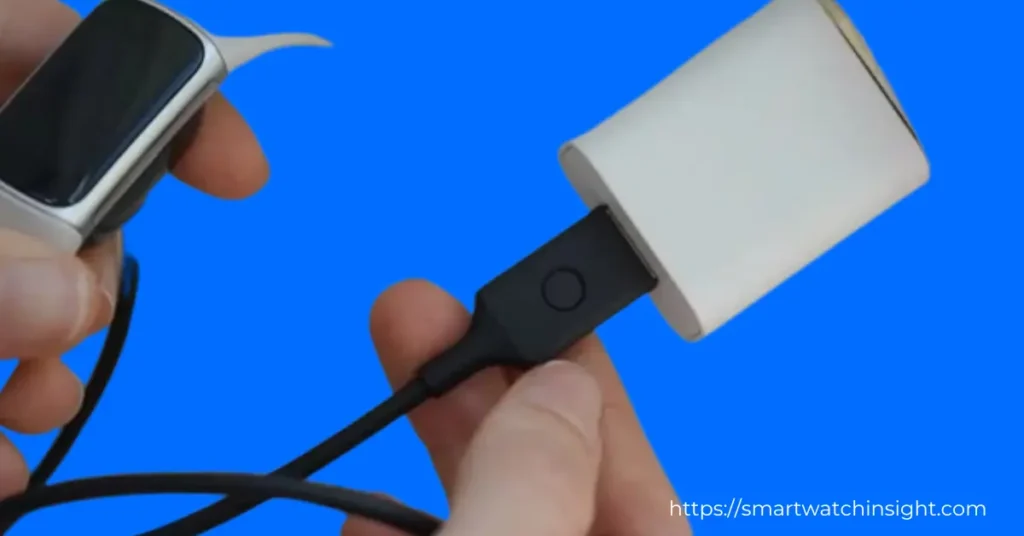
In terms of battery life, not much has changed, with the Fitbit 6 offering the same 7-day max battery life as the Charge 5, though this will depend on your settings and how much you use that internal GPS.
If you turn on the always-on display and use an hour or so of the internal GPS each day, the battery life gets much closer to 2 days, so you’ll definitely want to play around with the settings to find the mixture of features and battery life that works best for you.
Connectivity and Navigation

Speaking of that internal GPS, that is one of the things that makes the Charge 6 unique when compared to, for example, Fitbit’s lower-priced Inspire 3.
Not to save battery, the Charge 6 is automatically set to use your phone’s GPS when in range and use its own when not. However, of course, I wanted to test out how well the GPS works on its own when not connected to the phone.
Unfortunately, the results have been pretty bad, with the GPS often struggling to be at all accurate and sometimes just turning off mid-run altogether.
I hope this is improved pretty quickly, but until then, I would suggest using the GPS setting that takes the info from your phone.
Another pretty nice new feature is that when paired with your phone, you can now connect your Fitbit Charge 6 to Google Maps. So, if you put walking or even driving directions on your phone, the Charge 6 can display that turn-by-turn navigation guidance on its display.
Since the Google Map directions are not an actual map that you can see, it isn’t going to be the most useful when out on the trails, but it is nice to use when running on the streets.
Heath and Fitness Features and Accuracy
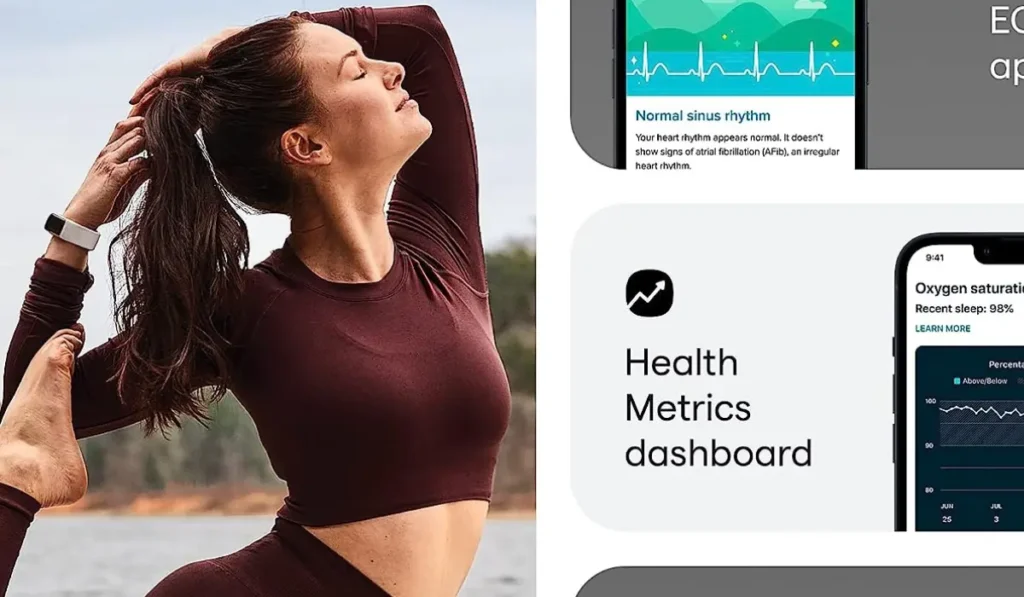
However, when discussing accuracy, we also need to talk about the new heart rate monitor, which Fitbit says has been drastically improved. And after testing, it has definitely been improved by quite a bit.
When compared to the industry-standard Polar H10 chest strap, the Fitbit Charge 6 heart rate tracking performed exceptionally well overall and remained very constant.
Recovery through sleep and stress tracking is another feature that the Fitbit Charge 6 highlights. The sleep tracker works well, though you need to make sure you have it strapped on fairly tightly, as even if it’s just a little bit loose, it can cause it not to track your sleep properly.
But what’s really nice here is that every morning, you can see not only how well you slept but also your SpO2, your body temperature, breathing rate, and heart rate variability, or HRV.
I find HRV tracking to be a very important piece of monitoring your health and recovery. I’m happy to see it track well here and seemingly very accurate. So that’s great.
Then, while you’re awake, the Fitbit Charge 6 can analze your stress using an EDA scan, which, when activated, detects the tiny changes in your sweat levels alongside heart rate tracking to help determine your ability to tolerate and respond to stress and create for you a daily stress score.
Now, Fitbit will take all of these numbers and all of this information and create for you a daily readiness score as well, but we’ll discuss that in a moment when we get to Fitbit’s premium membership.
Let’s cover some of the other features here because Fitbit really did manage to fit a lot of new stuff into this tiny device. For one, you can now broadcast your heart rate to other devices, which is the first time you can do this with a Fitbit device, and that is extremely useful.
So now, this can be used with external fitness equipment like Peloton bikes or treadmills. Also included now are music controls that allow you to start, stop, or skip tracks when connected to your phone, though only if you use YouTube Music.
And while it’s great if you have YouTube Music, it does feel a little lame that it doesn’t control just the music playing on your phone in general like most other wearables do.
It just feels like Google is attempting to push people to get YouTube Music when I think all that it really does is push people away from getting devices like this towards more inclusive ones.
There’s also a nice ECG app included here, which allows you to get an ECG reading in about 30 seconds.
There’s also now Google Wallet support, which is great, so you don’t always have to carry your wallet around with you if you want to get some of your cards set up here.
Also, there is a new feature called Start Track, which helps automatically start and record your workouts for you by noticing the movements you are doing.
So if you start a run and you forget to start recording it on the Fitbit, it’ll usually recognize that and ask if you want to start that workout and then get all the data that you would have otherwise missed.
Now, Fitbit Charge 6 comes with six free months of its premium membership, after which, if you wish to continue, it’ll cost an additional $9.99 per month.
So the premium service gets you additional scoring like your daily readiness score and further breaks down your sleep and stress scores. And it also comes with a large amount of workouts that you can follow along to.
I’m not a fan of this, but it’s far from the end of the world as most of the information I would use remains accessible here, with or without that premium membership.
You do lose that daily readiness score, which is not much of a loss at all, as I think that readiness score is probably one of the least accurate scores.
That I’ve seen. It relies almost entirely on your previous activity and sleep to tell you how ready you are for another hard day when it should be more focused on personalized data like heart rate variability. So, given that, I wouldn’t listen to its suggestions anyway, so it’s not much of a loss.
This Stress Management score breakdown is also something that I wouldn’t mind losing. The biggest bummer is that you do lose the Sleep breakdown, so your ability to see your deep, art, REM sleep, and that’s useful information to have.
But I don’t want to pay $10 a month for it, especially when almost every other device out there gives you this breakdown for free.
I see the workouts being worth it for some people, though, and $10 per month for a wide range of workouts in addition to this data isn’t a bad deal.
I wish it were completely separated so that the membership was for people who wanted those workouts only and not people who wanted a more in-depth breakdown of some of their metrics, like sleep.
Conclusion
In conclusion, the Fitbit Charge 6 is an excellent fitness tracker, and it is a great option for a lot of people.
I would say if you’re looking for a simple Fitness and sleep tracker that’s easy to use, your exercise is more casual, and you don’t mind if the GPS tracking can be a little off, then I would say this would be an excellent option, especially at this price point.
However, if you don’t need some of the features like its integrated GPS heart rate broadcasting or music control, then you might be better off looking at the lower-cost Fitbit Inspire 3.
You may also like :-
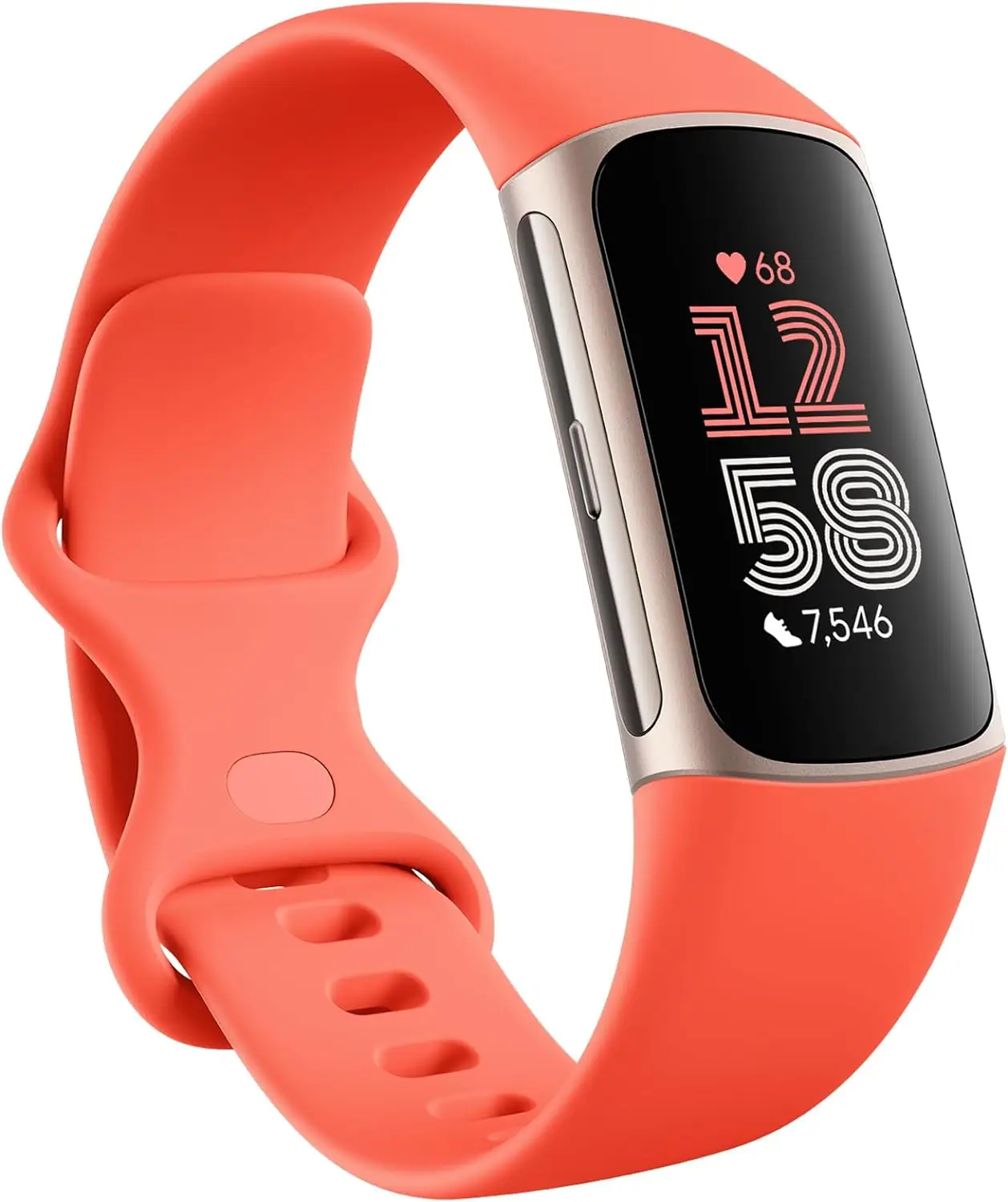
Fitbit Charge 6
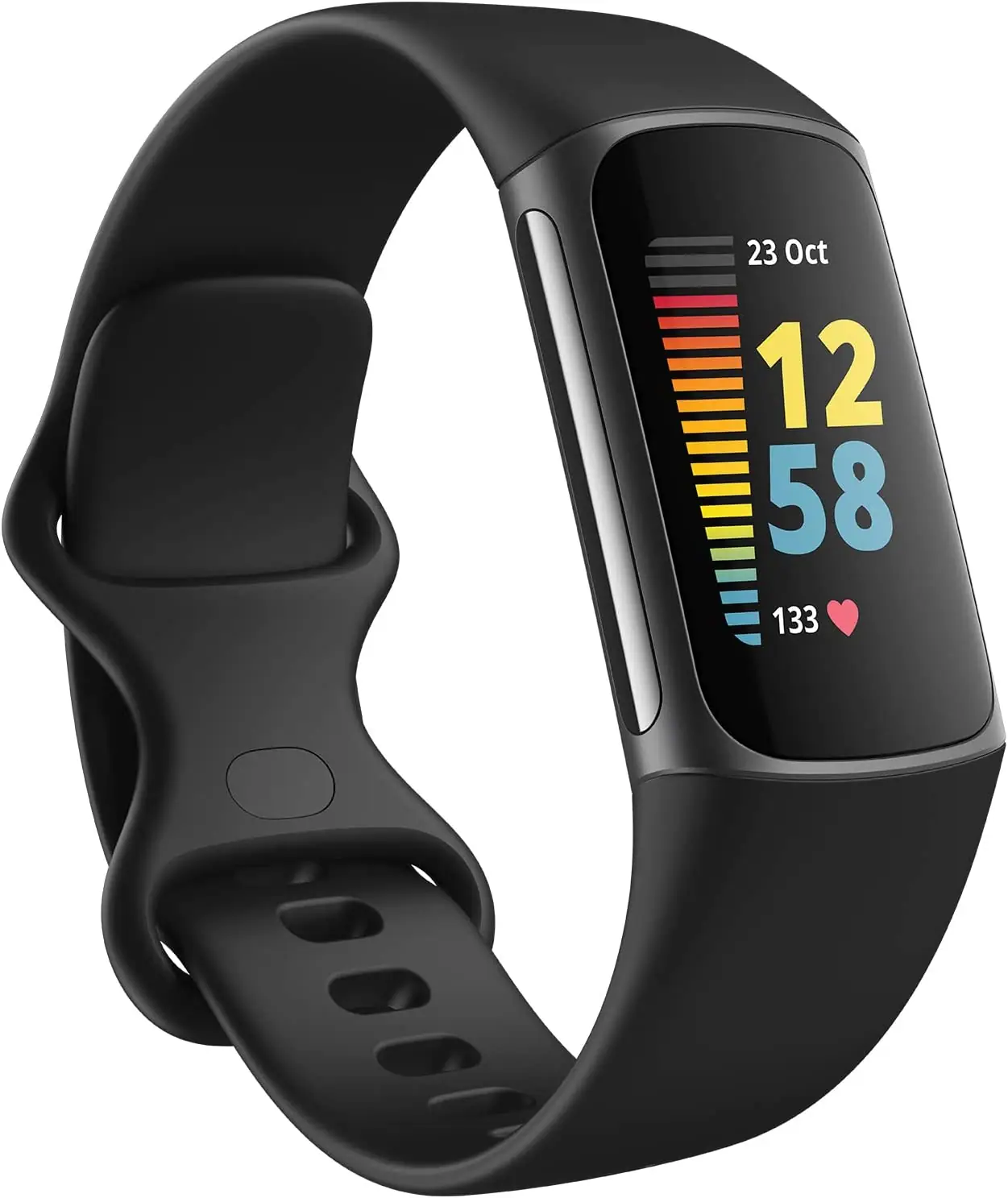
Fitbit Charge 5
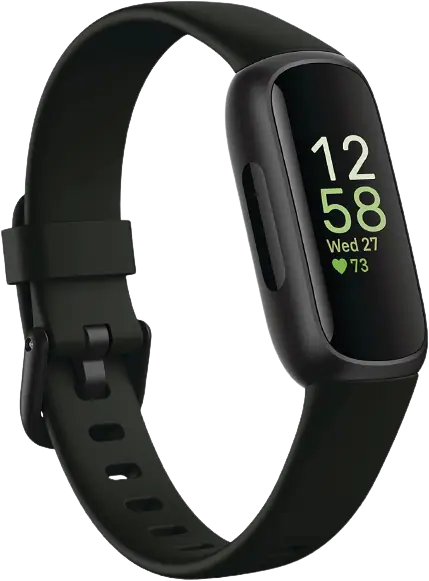
Fitbit Inspire 3
Q1. Is it worth buying Fitbit Charge 6?
While the Fitbit Charge 6 boasts impressive features like advanced health tracking, connected GPS, and basic smartwatch functionality, there may be limitations to consider for professional users.
Here’s a key point to be aware of: achieving optimal performance for both GPS connectivity and heart rate accuracy can be challenging. Tightly securing the band might hinder GPS signal acquisition, while a looser fit could compromise heart rate data integrity.
This potential trade-off between functionalities could be a concern for users who require both precise location tracking and detailed heart rate monitoring during workouts.
Q2. Does Fitbit Charge 6 have ECG?
Yes, the Fitbit Charge 6 does have ECG! It uses an ECG app to let you take an on-demand heart rhythm assessment for atrial fibrillation (AFib) detection. This can be a valuable tool to monitor your heart health, but remember it’s not a replacement for consulting a doctor.
Read also:-

